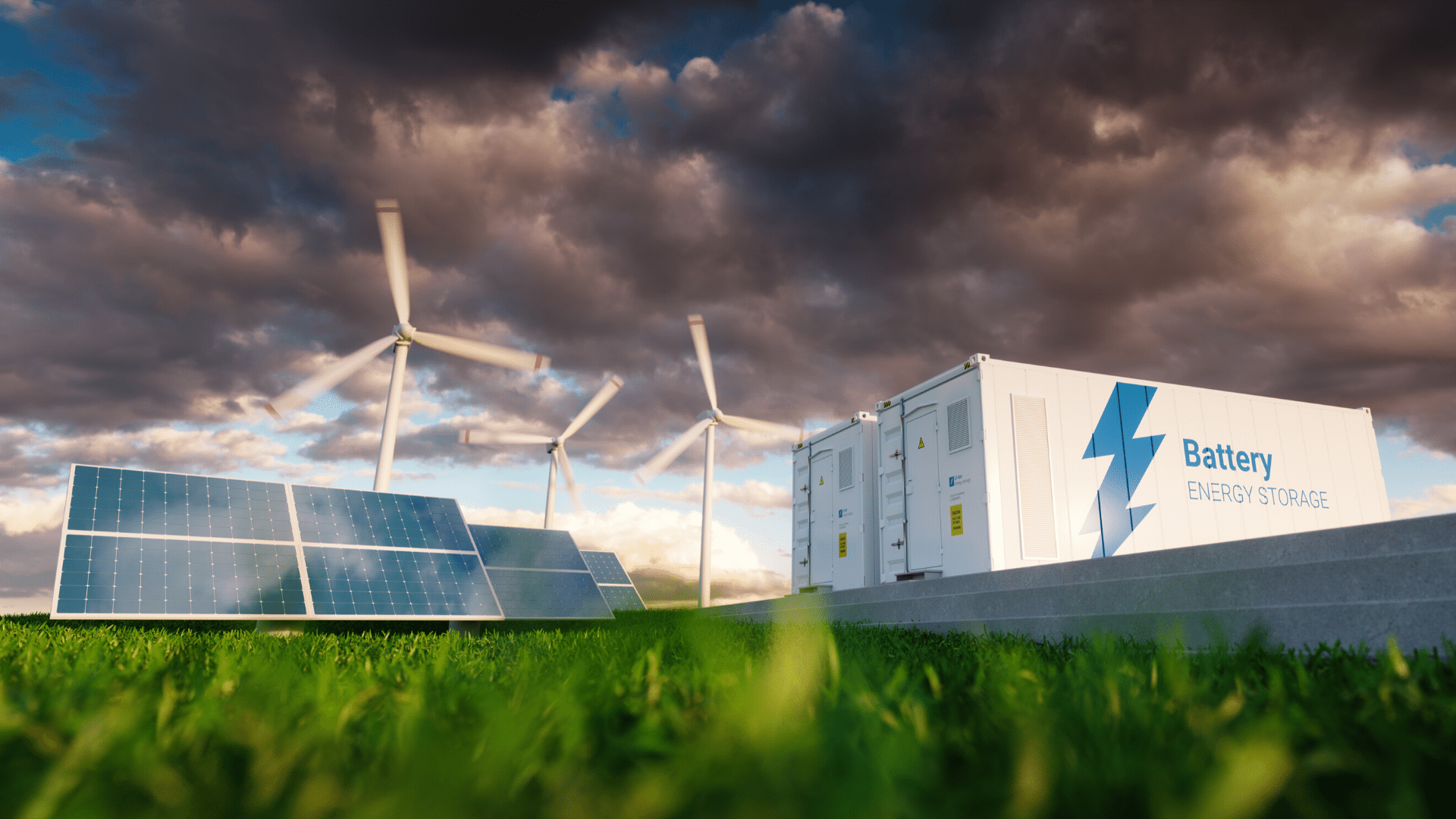The UK will need nearly 1,400 gigawatt hours of thermal and electric energy storage to meet even the 80 percent target cut in carbon emissions by 2050, a target now out of date since the introduction of previous zero-carbon legislation. This is around 55 percent higher than estimates made previously by the Energy Technology Institute’s Energy System Modelling Environment and equivalent to 125 Dinorwig power stations.

The prediction follows an energy system-modelling tool launched by the Energy Systems Catapult that focused on the role of storage and flexibility in a decarbonised country. The figure of 1,400 gigawatt hours rises even more if carbon capture and storage is unavailable and creates more demand for the electrification of heating, gaseous fuel production such as natural and hydrogen, and transport.
Energy Systems Catapult says that the findings require further investigation and plans to run the model according to the government’s current, more ambitious target, of reaching net-zero emissions by 2050. It added that insights from the model could be applied to long-term capacity planning, identifying the service requirements of future energy systems and assessing the value of specific energy storage technologies.

“Without a deeper understanding of how these technologies could help in balancing energy networks, we will at best end up with a system that costs more than it needs to and, at worst, one that fails to manage supply and demand.”
– Alex Buckman, networks and energy storage practice manager.
With such as vast range of experience, no planning consultancy is better suited to tackle the issues surrounding climate change and moving towards zero-carbon as we are. We are happy to work with local authorities and developers to ensure that all elements of the planning process make the essential impact to meet the Government’s target to reduce greenhouse gas emissions to net zero by 2050. Contact us to find out how we can help. You can also find us on LinkedIn, Facebook and Twitter to keep up to date with the work we do!
